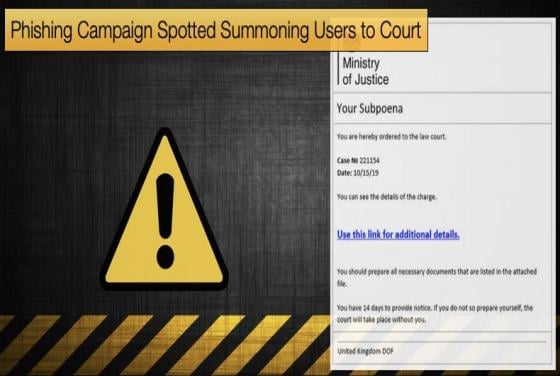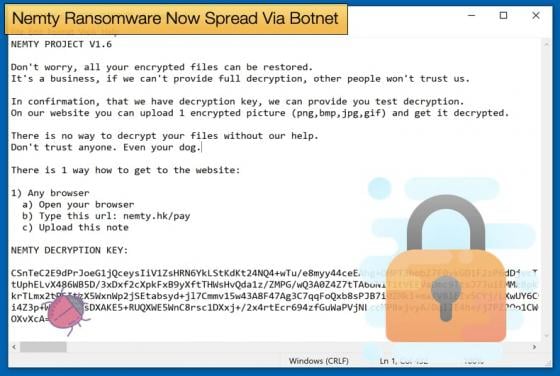

The BlueKeep Saga
When news broke about the Spectre and Meltdown vulnerabilities at the start of 2018 a lot of fuss was made as to how potentially dangerous these vulnerabilities were if exploited correctly. The fuss may have been justified as it may have provoked people to update their systems when patches were rele








